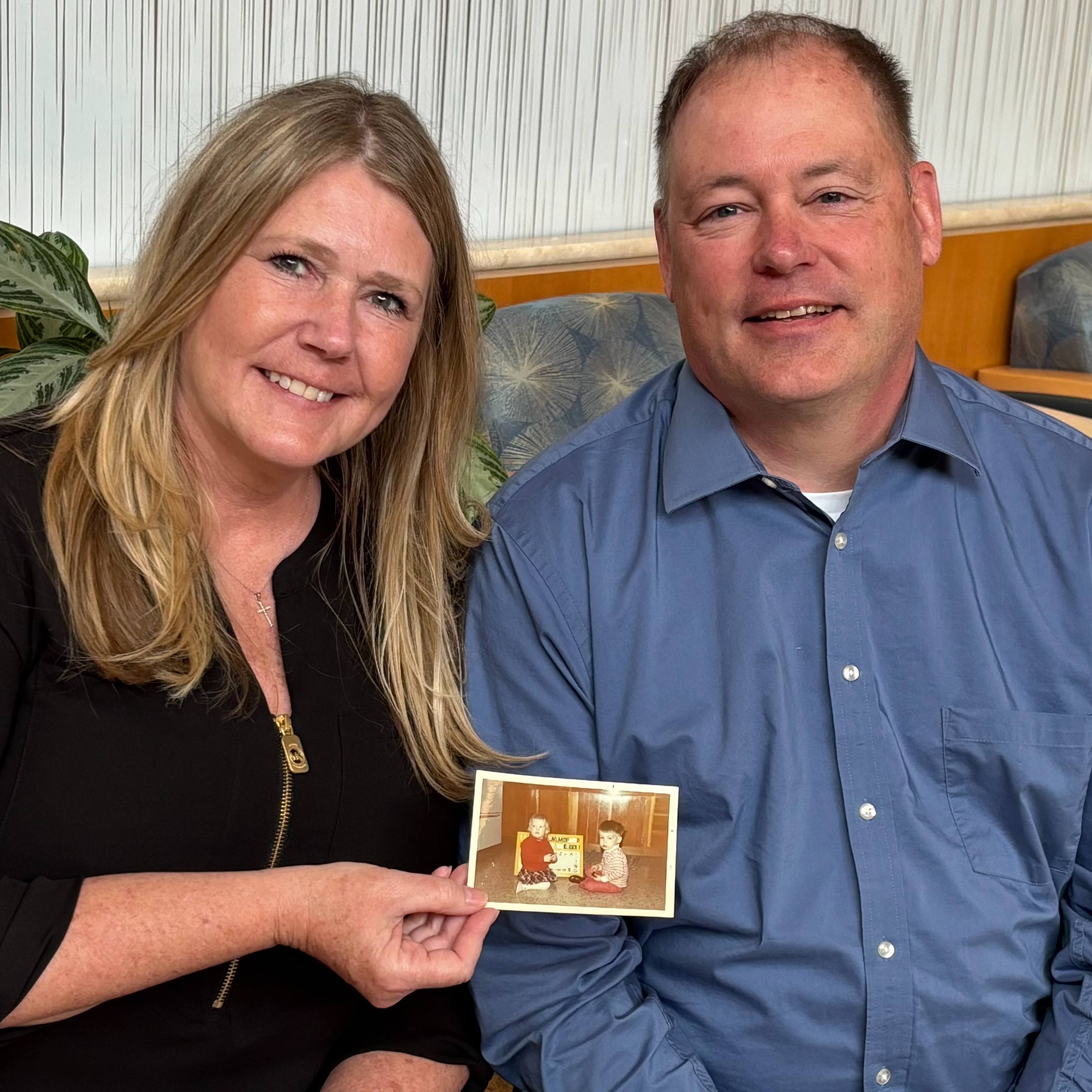 It's the height of flu season but not all symptoms of the flu virus point to influenza. Sudden fever and headache also may be symptoms of early meningitis, which often mimics the flu.
It's the height of flu season but not all symptoms of the flu virus point to influenza. Sudden fever and headache also may be symptoms of early meningitis, which often mimics the flu.
Mayo Clinic infectious diseases specialist Dr. Pritish Tosh says, "Meningitis is a syndrome that refers to inflammation in the area that surrounds the brain." He says many things can cause meningitis, including viruses, bacteria, fungi and parasites. "There are different kinds of meningitis. Some are not infectious at all. Bacterial meningitis, which is what I think most people are concerned about, can be life-threatening, and if someone has a headache and fever, that very well could be bacterial meningitis."
Watch: Dr. Tosh talks about meningitis.
Journalists: Broadcast-quality sound bites are in the downloads.
Dr. Tosh says, "There are different bacteria that cause meningitis. One also causes pneumonia, streptococcus pneumonia. We give a vaccination to children against that bacteria early on. We also give it to older adults, as well. Neisseria meningitis is a bacterial meningitis common amongst college students living in residence halls or other people who are living in confined area. There is a recommended vaccine, part of the routine vaccine series actually early on in life — ages 11 to 12 — before they’re going to college. If someone has not received that vaccine series, and is about to enter college, they certainly should do so."
Seek immediate medical care if you or someone in your family has meningitis symptoms:
- Fever
- Severe, unrelenting headache
- Confusion
- Vomiting
- Stiff neck
Treatment for bacterial meningitis includes IV antibiotics and corticosteroids. This helps to ensure recovery and reduce the risk of complications, such as brain swelling and seizures. Viral meningitis cannot be treated with antibiotics and often improves on its own.







